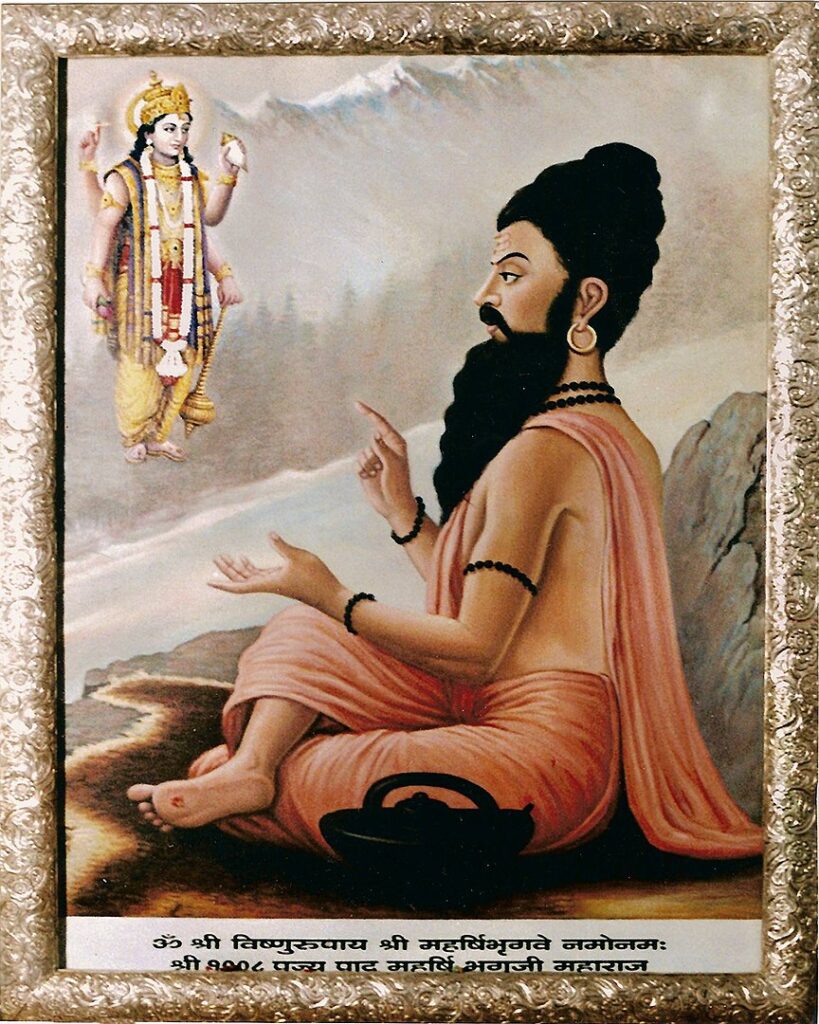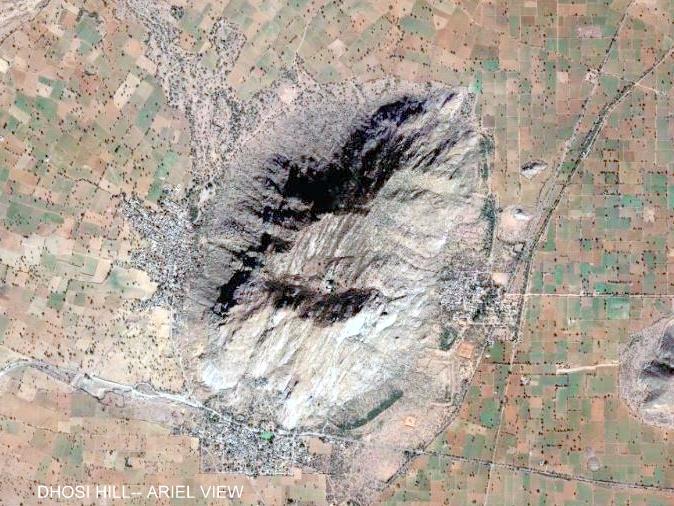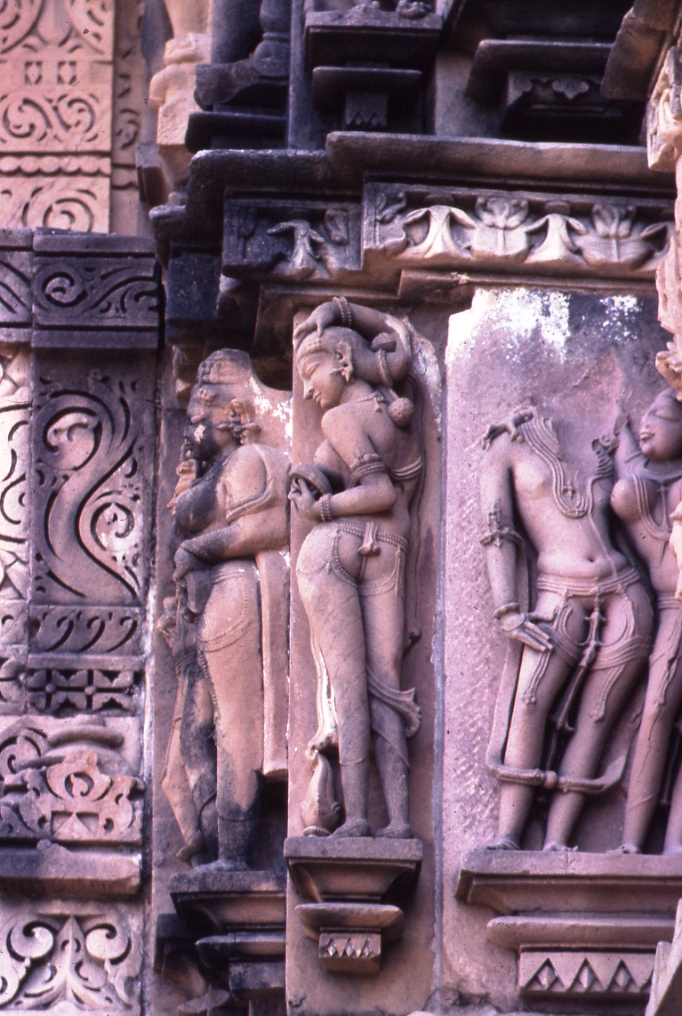
| Note: In the previous post, we read about how an angered Bhrigu cursed Agni because the latter had identified Puloma (Bhrigu’s wife) to a rakshasa who went on to abduct her. In this post, we will find out how Agni responded to the curse. |
Agni Deva was enraged by Bhrigu’s curse.
He said to the rishi, “What is the meaning of this rash behavior towards me? I have not done anything wrong by speaking the truth impartially. It is said that if a witness gives an incorrect answer, he ruins his ancestors and descendants up to seven generations. If a person who knows all the details of a situation does not give the correct answer when asked, he becomes stained with guilt.”
Agni Deva continued, “O brahmana, I can also curse you, but I won’t because I hold brahmins in high esteem. Although you already know all the details of my work and history, I will remind you of them again, so please listen carefully.”
“I multiplied myself, through my ascetic power, to become present in various forms in the world. I am present in the places of the daily homa; I am present in places where long sacrifices (yagnas) that extend for several years are conducted; I am present in places where holy rites for marriages and other functions are conducted. The Devas and Pitris are appeased when a priest pours ghee on my flames during a ceremony, done according to Vedic specifications.”
| Note: Agni Deva then went on to describe the qualities of the Devas and Pitris. Through this description, he also explained to Bhrigu why the sage’s curse was incorrect and why he could eat unclean things. This is a deeply meaningful dialogue. about the mystical aspect of how beings in the universe exist in two states simultaneously: unity and distinctness. Through this dialogue, Agni Deva also speaks about purity at a metaphysical level. It is worth reflecting upon the deeper meaning of Agni Deva’s words. I believe, this dialogue also points to the simple worldly wisdom of self-respect and withdrawing from a place where you or the qualities you have to offer are not respected. |
Agni Deva continued, “The Devas are considered to be the waters. The Pitris are also considered to be the waters. They both have equal rights to the sacrifices called the Darshas and Purnamasas. Therefore, the Devas are the Pitris and the Pitris are the devas. They are identical beings worshipped together and they are also distinct beings worshipped separately in different phases of the moon. The Pitris are worshipped during the new moon and the Devas during the full moon. Both the Devas and the Pitris eat the offerings that are poured upon my flames. Therefore, I am called the mouth of the Devas and the Pitris. Being the mouth of the Devas and Pitris, how can I eat unclean things?”
After saying these words to Sage Bhrigu, Agni thought about the situation for a while and decided to withdraw himself from the world. He withdrew himself from the places where daily homas and other ceremonies were performed and he also withdrew himself from the places where extended yagnas were performed.
Everything in the world thus became deprived of Oms and Vashats; Swadhas and Swahas (mantras during the offerings in a yagna), and consequently all the creatures, thus deprived, became very distressed.
The rishis also became greatly distressed and decided to approach the Gods. They said, “O perfect beings, this world has lost the element of fire. All yagnas and homas and ceremonies have stopped. Because of this, everyone in the three regions of the universe is confused and bewildered. Please decide a proper course of action to resolve this matter, without any delay.”
The rishis and the Gods decided to approach Lord Brahma to resolve the matter. They explained to him everything that had happened between Sage Bhrigu and Agni Deva and how their dispute had caused Agni Deva to withdraw from the world resulting in an interruption in all the ceremonies.
They also explained Agni Deva’s dilemma to Brahma Deva, “Agni has been cursed by Bhrigu to eat all sorts of things. But he is the mouth of the Gods and is the first one to consume the offerings that are poured in a yagna or ceremony. How can he be reduced to eat all things (pure and dirty) without discernment?”
Brahma Deva heard everything the rishis and the Gods had to say, and, after hearing them, he summoned Agni Deva to resolve the dispute.
| Note: In the next post, we will find out how Brahma Deva pacified Agni Deva. |
Previous: Sage Bhrigu Curses Agni





